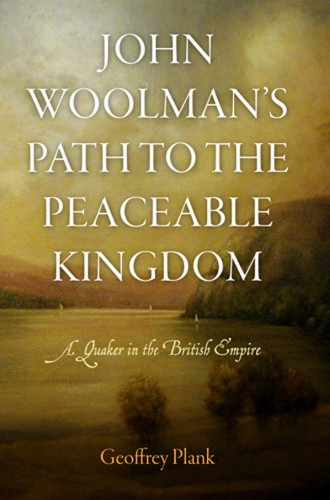John Woolman’s Path to the Peaceable Kingdom, by Geoffrey Plank
This is a lovely book, a wonderful example of careful yet accessible history.
John Woolman, a Quaker of 18th-century New Jersey, is well known as an early abolitionist and an advocate of material simplicity. His journal, a spiritual autobiography, is an American and Christian classic, and people tend to remember Woolman as a heroic individual, as both a reformer and a saint.
Geoffrey Plank takes a broader view. His book situates Woolman in his many contexts and communities—with other early abolitionists; in transatlantic economic discussions; with farmers and shopkeepers, slaves and sailors. A professor of American studies at the University of East Anglia, Plank also reminds us of the wide range of Woolman’s interests—from Native Americans to seafaring, from agriculture to eschatology.






